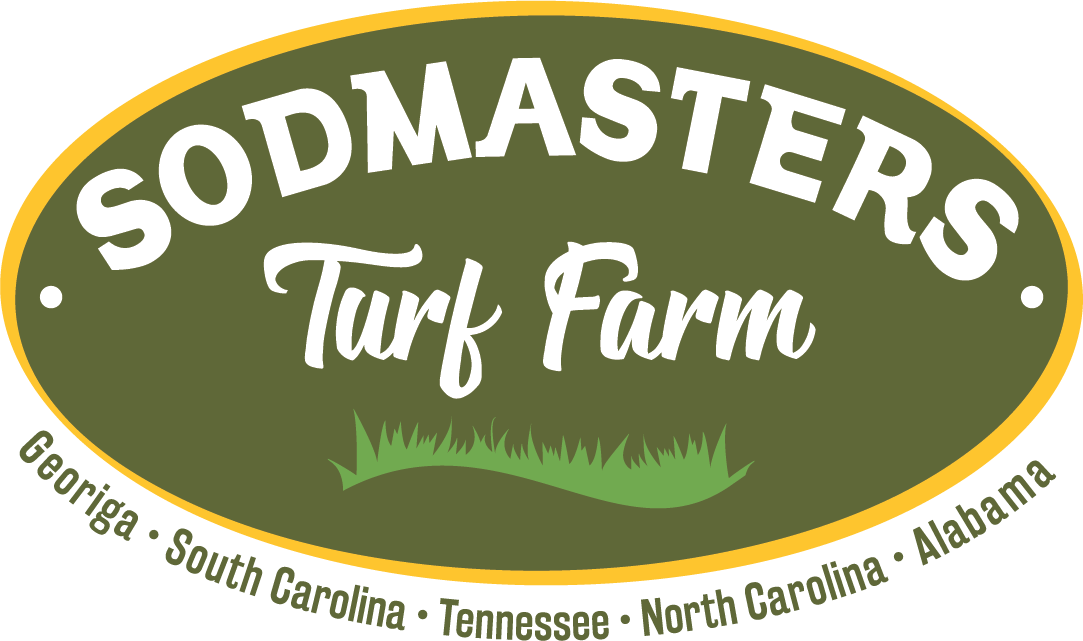Cobalt™ Hybrid St. Augustine – Maintenance Guide
SPRING
MOWING
Mow your Cobalt™ Hybrid St. Augustine at a height of 2 inches for the first mow of the spring. Keep mowed between 2–2.5 inches for the remainder of spring.
FERTILIZATION
Fertilize your lawn.
WATERING
Don’t overwater. In the active growing season, Cobalt Hybrid St. Augustine needs about one inch of water per week from natural rainfall or irrigation.
In the active growing season, Cobalt Hybrid St. Augustine needs about one inch of water per week from natural rainfall or irrigation
WEED CONTROL
Apply a broad-spectrum insecticide to prevent spring insects from appearing or to control any current spring insects like chinch bugs or white grubs.
FUNGUS CONTROL
Apply a systemic fungicide at a preventive rate to keep disease from taking hold of your lawn. If you see circular patches of brown or dead grass, do not apply fertilizer until you’ve applied a systemic fungicide at a curative rate and your grass has recovered.
SUMMER
MOWING
Cobalt Hybrid St. Augustine mowing heights during the summer range from about 2–2.5 inches. When mowing during the summer, never remove more than 1/3 of the leaf blade at a time.
FERTILIZATION
Fertilize your lawn.
WATERING
Do not overwater the grass. Cobalt Hybrid St. Augustine only needs about one inch of water weekly. Water for longer periods of time, less frequently and in the early morning hours.
WEED CONTROL
It is not recommended that you apply an herbicide at this time because when temperatures exceed 85 degrees Fahrenheit, the herbicide will damage the grass.
INSECT CONTROL
Watch out for chinch bugs, grub worms, mole crickets, sod webworms, fall army worms and nematodes. Apply a broad-spectrum insecticide to prevent or treat any insects.
FUNGUS CONTROL
Apply a systemic fungicide if needed.
FALL
MOWING
During the fall, mowing will occur less often—keeping your Cobalt Hybrid St. Augustine slightly higher will encourage deeper root growth for winter.
FERTILIZATION
Fertilize your lawn.
WATERING
Water less as temperatures drop—too much water will lead to disease.
WEED CONTROL
Apply pre-emergent herbicides to control winter weeds. Apply post-emergent herbicides only when weeds are present.
INSECT CONTROL
Check for and control any sod webworms, fall army worms or white grubs. Treat with an insecticide if needed.
FUNGUS CONTROL
It is recommended you apply a fungicide at preventative rates as this will help the grass enter colder months in a healthier condition. If you see circular patches of brown or dead grass, do not apply fertilizer until you’ve applied a systemic fungicide at a curative rate and your grass has recovered.
Order Form
Please complete the form below, and we will get back to you as soon as we can.
